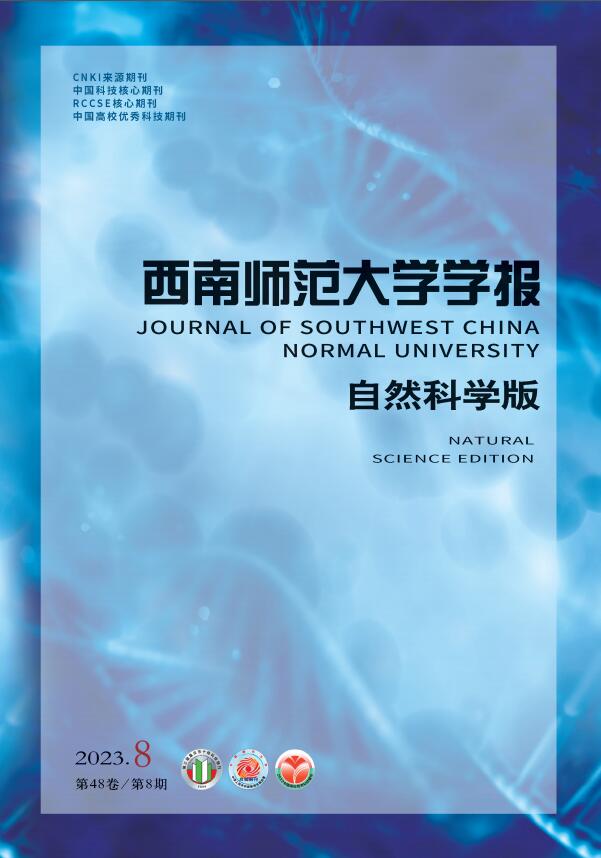On Development Characteristics and Formation Mechanism of Wave-like Flow-mark in Guanyin Cave, Dafang County, Guizhou Province
- Received Date: 03/04/2018
-
Key words:
- Karst cave /
- underground river /
- wave flow mark /
- development characteristics /
- formation mechanism
Abstract: This paper discusses the distribution characteristics and causes of wavy flow marks (tongue-shaped flow marks) in karst caves. In this paper, by measuring the morphological characteristic parameters of wavy flow marks in Guanyin Cave, the distribution characteristics of wavy flow marks in the longitudinal and transverse directions are counted, and the relationship between the tunnel morphological structure and the distribution of wavy flow marks is analyzed. At the same time, according to the law of water transport in underground rivers, the reasons for the formation of wavy flow marks are discussed. The results show that, 1) the wavy flow marks at the bottom of the cave are more uniform and the morphological difference is smaller than that of the cave walls; 2) The depth of the wavy flow mark on the wall of the tunnel in the range of 1.0-1.2 m from the bottom of the tunnel is larger than that in the range of 1.2-1.4m and 1.4-1.7m; 3) The morphological characteristics of wavy flow marks on cave walls are closely related to the morphological structure of cave channels. 4) The wavy flow marks in karst caves are the result of the combination of internal waves (VI) and gradient flows (VT) generated by the underground runoff process. Therefore, it is believed that the underground runoff is the direct driving force of the wavy flow marks in the karst caves, and the structural form of the tunnels has an impact on the superposition of the internal waves (VI) and the gradient currents (VT) generated in the runoff process, resulting in the distribution characteristics of the wavy flow marks in the tunnels.






 DownLoad:
DownLoad: